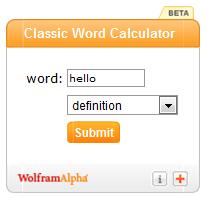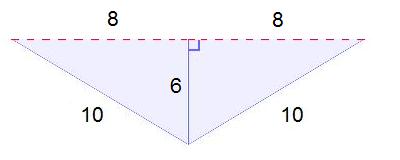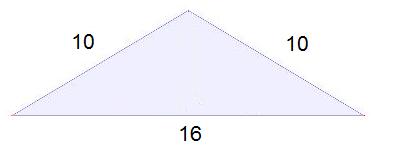As has been previously noted, October has been a nice month for triangle appreciation. Today, 10/19/10, offers us one more polygon to ponder.
Consider the 10-19-10 triangle.
It’s a fairly ordinary triangle, as triangles go. It’s a little short compared to the other triangles we’ve looked at recently, but there’s nothing wrong with that.
What’s special about the 10-19-10 triangle is that it’s our last chance this month to enjoy triangularity. Tomorrow, the Triangle Inequality steps in. You can’t have a 10-20-10 triangle, because once the third side hits 20, you need all of the 10s to get from point A to point B. There’s no wiggle room for the triangle’s interior.
Although I must admit, I do find much to admire in this degenerate triangle.
Related Posts








